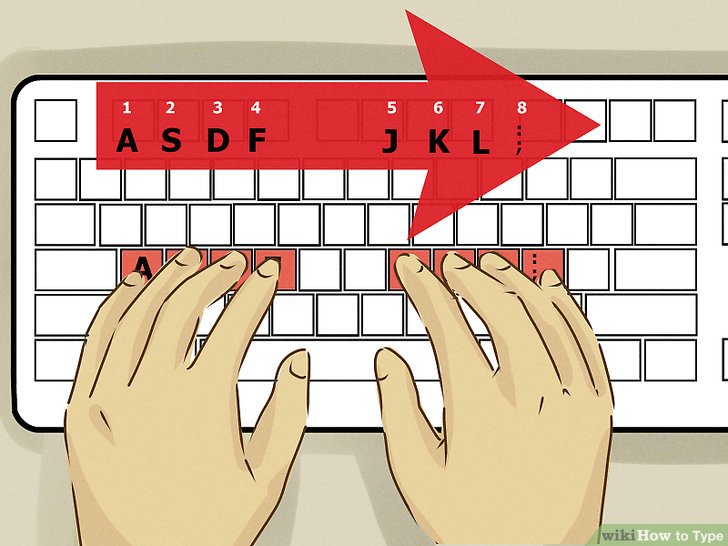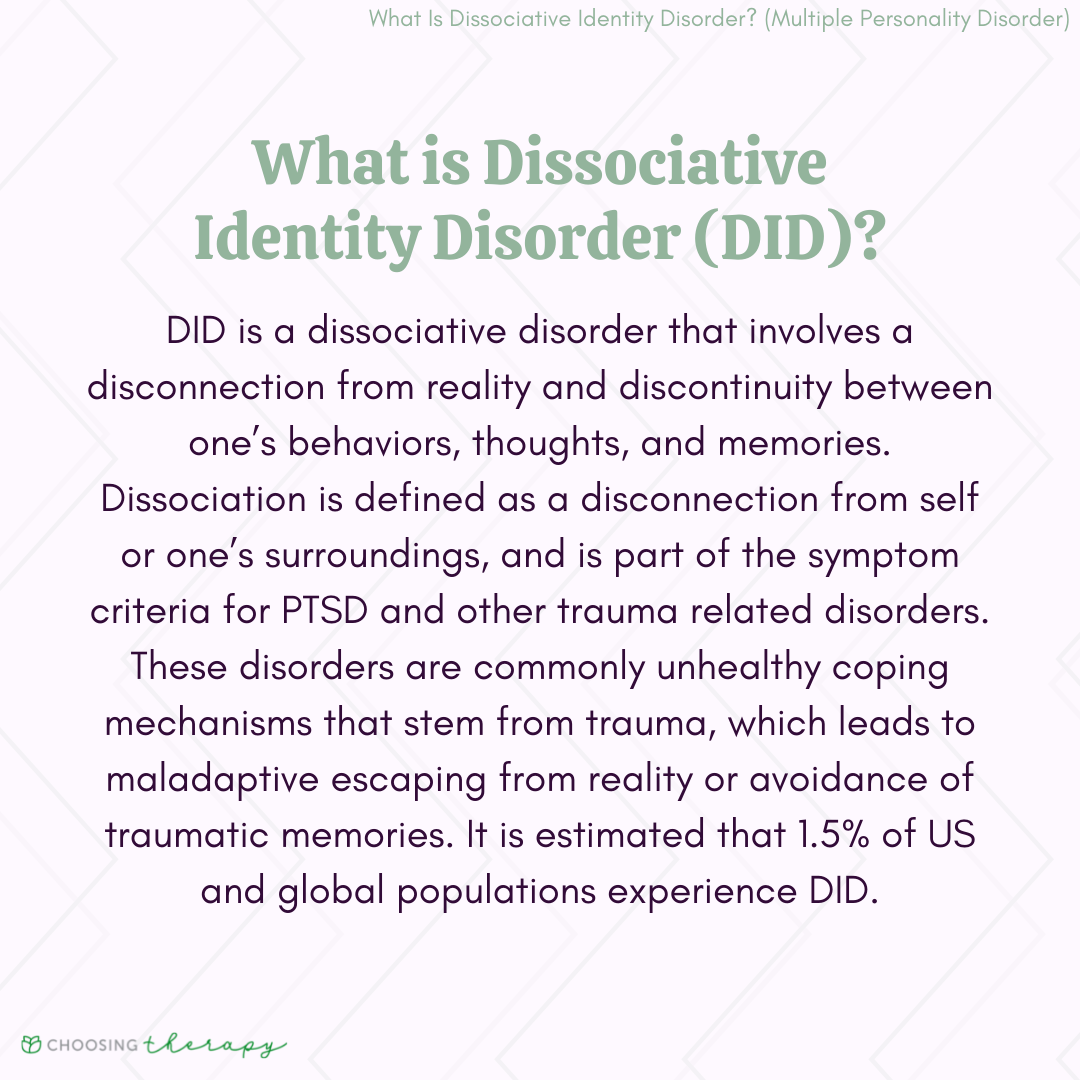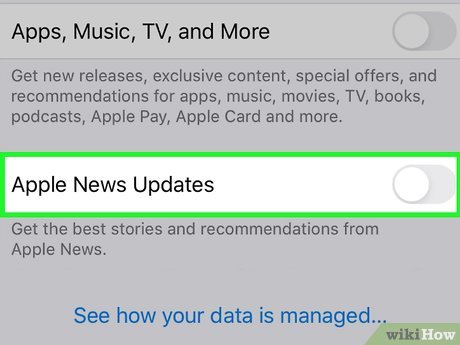Circuit Board Cleaning: The Complete Guide to Safely Maintaining Electronic Components
Why cleaning circuit boards is essential
Electronic circuit boards serve as the backbone of most all modern devices. Over time, these critical components accumulate dust, dirt, oxidation, and other contaminants that can cause overheating, short circuits, and premature failure. Regular cleaning extend device lifespan, maintain optimal performance, and prevent costly repairs.
Proper circuit board maintenance isn’t exactly about aesthetics — it’s about preserve functionality. When contaminants bridge connections between traces or components, they can create electrical pathways where none should exist. This can lead to unpredictable behavior, intermittent failures, and permanent damage.
When to clean circuit boards
Circuit boards require clean in several scenarios:
- After exposure to dust in industrial environments
- Follow liquid spills or high humidity exposure
- When visible corrosion or residue appear
- During routine preventative maintenance
- Before diagnostic troubleshooting
- After repair work or component replacement
For consumer electronics, clean every 6 12 months is typically sufficient. Industrial equipment in harsh environments may need monthly cleaning. Invariably check manufacturer recommendations, as some seal devices aren’t designed for user maintenance.
Essential tools and supplies
Effective circuit board cleaning require the right tools:
Cleaning solutions
- Isopropyl alcohol (91 99 % ) The gold standard for electronics cleaning; evaporate rapidly without residue
- Electronics grade contact cleaner Specifically formulate for circuit boards
- Deionize water For rinse water-soluble contaminants (must be wholly dry )
- Specialized PCB cleaners Commercial solutions design for specific contaminants
Cleaning tools
- Soft bristled brushes anti-static brushes prevent esd dESDge
- Compress air For remove loose dust and debris
- Microfiber cloths Lint free for wipe and dry
- Cotton swab For precision clean around components
- Ultrasonic cleaner For professional grade deep cleaning
Safety equipment
- Anti-static wrist strap Prevents electrostatic discharge
- Safety glasses Protects eyes from clean solutions
- Nitrile gloves Prevents oils from fingers transfer to boards
- Comfortably ventilate workspace Many cleaning solutions produce fumes
Preparation steps
Before clean any circuit board, proper preparation is essential:
Safety firstly
- Disconnect all power sources Unplug the device and remove batteries
- Discharge capacitors Large capacitors can hold charge flush when unplugged
- Put on safety equipment Gloves, glasses, and anti-static protection
Board removal and documentation
- Take photos Document connector positions and orientations
- Label cables Mark connections that aren’t color code
- Remove the board cautiously Note any mount hardware locations
- Place on anti-static surface Ne’er place on carpets or plastic bags
Clean methods for different contaminants
Different types of contamination require specific cleaning approaches:
Dust and loose debris
- Hold the board by its edges to avoid touch components
- Use compress air in short bursts at a 45-degree angle
- Keep the can upright to prevent liquid propellant from spray out
- Work in a systematic pattern from one end to the other
- Pay special attention to heat sinks, fans, and between tall components
Stubborn dirt and grime
- Dampen (not soak )a soft brush with isopropyl alcohol
- Lightly brush in one direction, not rearward and forth
- Use light pressure to avoid damage components
- For tight spaces, use alcohol dampen cotton swabs
- Allow alcohol to evaporate wholly before power on
Corrosion and oxidation
- Apply a small amount of contact cleaner to affected areas
- Lightly scrub with a soft brush
- For stubborn corrosion, use a specialized electronics cleaner contain mild acids
- Rinse with isopropyl alcohol
- Dry exhaustively with compress air
Liquid damage
- If the spill is recent, instantly disconnect power
- Blot (don’t wipe )excess liquid with microfiber cloth
- Rinse with deionize water if the spill was sugary or acidic
- Follow with isopropyl alcohol cleaning to displace water
- Dry for astatine least 24 48 hours before testing
Special cleaning techniques for sensitive components
Some components require extra care during cleaning:
Connectors and ports
Connectors oftentimes collect dust and oxidation that can prevent proper contact:
- Use contact cleaner spray with the plastic extension tube for precision
- Apply in short bursts to avoid flooding
- For edge connectors, use alcohol dampen cards wrap in microfiber cloth
- Ne’er insert cotton swabs into small ports as fibers can break off
Surface mount components
Modern circuit boards use tiny surface mount components that can be easy damage:
- Use minimal liquid and rattling soft brushes
- Clean in the direction of component orientation to avoid dislodge
- Consider use foam tip swabs alternatively of cotton for delicate areas
- Inspect with magnification after clean to ensure no components shift
Switches and potentiometers
Mechanical components with move parts require special attention:
- Use contact cleaner specifically design for switches
- Spray into openings and actuate the switch multiple times
- For potentiometers, rotate through full range after apply cleanser
- Allow to dry wholly before testing
Professional cleaning methods
For intemperately soil boards or production environments, professional methods offer superior results:
Ultrasonic cleaning
Ultrasonic cleaners use high frequency sound waves to create microscopic bubbles that dislodge contaminants:
- Remove batteries, displays, and sensitive components when possible
- Use cleaning solution specifically formulate for electronics
- Limit cleaning time to 2 3 minutes to prevent damage
- Rinse with deionize water if you use water base solutions
- Follow with isopropyl alcohol rinse
- Dry exhaustively with compressed air and low temperature oven
Vapor degreasing
This industrial method use solvent vapors to dissolve contaminants:
- Boards are suspended in a chamber above boiling solvent
- Solvent vapors condense on the cool board, wash away contaminants
- Process is extremely effective but require specialized equipment
- Not typically suitable for DIY applications
Drying and post cleaning care
Proper drying is as important as the cleaning itself:
Dry methods
- Use compress air to blow out liquid from under components
- Place in front of a fan in a dust free environment
- For professional applications, use a low temperature dry oven (max 120 ° f/49 ° c )
- Allow at least 2 4 hours of dry time before prefabrication
- For water exposure, extend dry time to 24 48 hours
Post cleaning inspection
- Use magnification to check for residue or displaced components
- Inspect for any remain corrosion or damage
- Check all connectors for proper seating
- Verify no cleaning tools or debris were leave on the board
Protective measures
After cleaning, consider these protective steps:

Source: mktpcb.com
- Apply conformal coating for boards in harsh environments
- Will use contact grease on connectors that will remain undisturbed
- Place silica gel packet in enclosures for humidity control
- Consider improve ventilation or filtering for prevention
What not to do: common mistakes
Avoid these potentially damaging practices:
- Ne’er use household cleaners Ammonia and bleach damage components
- Avoid excessive liquid Flooding can seep under components
- Don’t use paper towels They leave lint and can cause static discharge
- Skip the vacuum cleaner Standard vacuums create static electricity
- Ne’er scrub smartly Gentle pressure prevent component damage
- Don’t rush dry Trap moisture cause corrosion and shorts
- Avoid heat guns Excessive heat can warp boards and resolder components
Preventative maintenance
Reduce the need for deep cleaning with these preventative measures:

Source: blog.gesrepair.com
- Install dust filters on computer cases and electronic enclosures
- Keep devices outside from smoke, cooking areas, and high humidity
- Use seal enclosures in dusty environments
- Apply conformal coating to boards in industrial settings
- Schedule regular light cleaning before heavy buildup occur
- Keep food and drinks outside from electronic equipment
Troubleshoot after cleaning
If problems occur after cleaning:
Device won’t will power on
- Verify all connections are decent seat
- Check for remain moisture with magnification
- Allow additional dry time
- Inspect for unintentionally dislodge components
- Test power supply severally
Intermittent operation
- Look for loose connections
- Check for residual cleaning solution
- Inspect for cold solder joints that may have been disturbed
- Test in different environmental conditions
New noises or smells
- Instantly power off
- Check for shorts cause by displace components
- Inspect for damage insulation
- Verify fans and move parts are clean and unobstructed
Final thoughts
Circuit board cleaning is both an art and a science. When do right, it extends the life of electronic devices and maintain optimal performance. The key principles — use appropriate cleaning agents, apply gentle techniques, ensure complete drying, and prevent static damage — apply whether you’re clean a simple consumer device or complex industrial equipment.
For valuable electronics, when in doubt, consult with professionals. The cost of professional cleaning is much farther less than replace damage equipment. With the right tools, techniques, and precautions, you can safely maintain your electronic devices and enjoy their reliable operation for years to come.
MORE FROM oncecoupon.com













